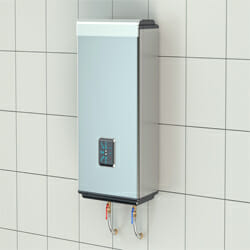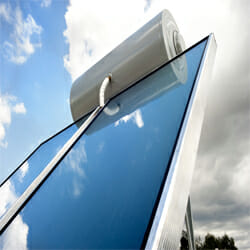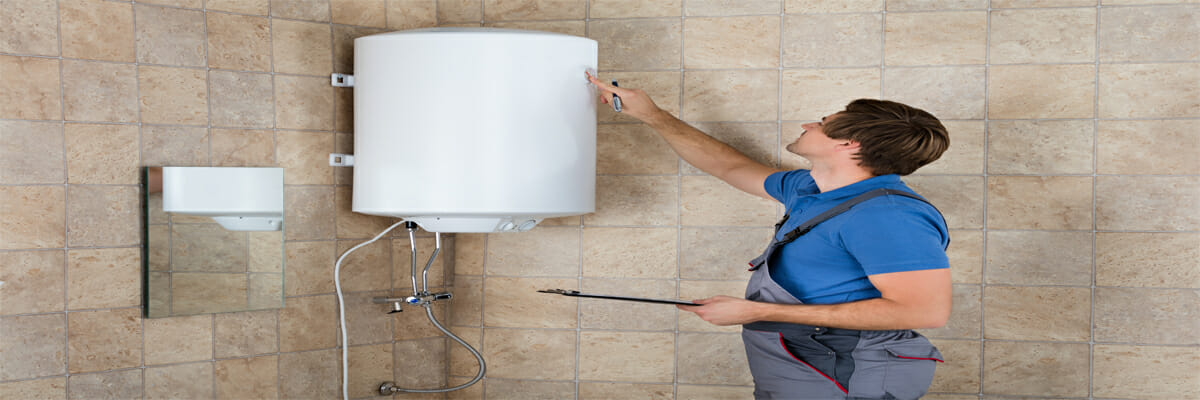It is essential to take proper care of your water heating appliances. Regular maintenance enhances their service life, while neglect can reduce it. Several factors determine how often water heaters should be serviced or cleaned. It depends on your appliance type, the kind of water in your locality, and how much you use them. You may have different types of water heating appliances, such as electric, gas, and solar water heaters. In this write-up, we will look at what causes issues in these devices and how to maintain them routinely to get the best out of them.
What Causes Problems In Water Heating Appliances
It is common for pollutants to enter your water heating appliances. There are also the chances of rust, corrosion, and sediment deposit. The constant presence of hot water in the storage tanks of these appliances makes them humid due to this high humidity, rust and corrosion start happening in them. Saline from untreated hard water gets deposited as sediments over time. Not taking a regular look at these problems will reduce the life of your appliances. Now, let us examine how to clean different types of water heaters.
1. Electric/Gas Powered Water Tanks

I stress the importance of doing this twice a year if you use hard water, as hard water causes extra scaling. Excess scaling can clog the valves’ threading, making it difficult to operate. Regular cleaning will prevent sediment collection. After cleaning, turn on the water inlet valve and the power switch back.
Related Articles:
- Water Heater Is Not Heating Water
- Water Heater Element Replacement
- How to Override Off-Peak Hot Water
2. Wall-Mounted Electric Geysers
The cleaning process is different for wall-mounted electric heating geysers. The power switch should be turned off and the plug should be disconnected. The water inlet valve should be turned off. Then, remove the indicator panel that contains the wiring and thermostats. After that, the coil should be removed. Then, get the geyser off its wall and turn it upside-down, allowing the water to drain. Once the water is drained, clean the insides. You can use plain water or chemicals if the inside has too much calcium sediment. The coil will be coated in sediment if your area gets hard water. It should be cleaned. If it cannot be cleaned, the coil should be replaced. After cleaning, the indicator panel should be put back, and the geyser should be mounted back.
I suggest that you keep a rust cleaning spray while doing this, as the area above the indicator panel will usually be significantly corroded. Install the geyser back in its mount, and turn on the water inlet valve before using the geyser again.
3. Solar Water Heaters

You should also notice the colour of the glass tubes. If a tube has a dull bronze colour, it means that the tube is damaged. Such tubes should be replaced. After everything is cleaned, the solar tubes should be inserted back into the tank. After all the tubes are fitted, turn the water inlet valve back on. I advise against doing this alone, as it can cause overexertion or injury. Regular cleaning will ensure that the solar water heaters serve for around twenty to twenty-five years.
Also Read: Water Heater Buying Guidelines
4. Tankless Water Heaters
Tankless water heaters should be cleaned once every twelve to eighteen months. To clean tankless water heaters, you will need five gallons of white vinegar, a submersible pump, and some hose. Firstly, the gas valve should be closed. Turn off the cold water supply to the boiler, and remove both the cold water inlet and the hot water outlet. This will allow the remaining water in the pipes to drain out. Then pour five gallons of white vinegar into a bucket. Put the submersible pump in the bucket, and connect it through a hose to the cold water side of the unit. Connect another hose to the water outlet, allowing it to drain back into the bucket holding the vinegar. Turn the power of the pump on. It should run for an hour to an hour and a half. This loop cleaning should flush out any scaling inside the boiler unit.

Read More: Why You Should Go Tankless for Water Heating?
Some Additional Tips You Can Follow
- If you are leaving the house for a long time, always remember to disconnect the power sources of the water heaters.
- For solar water heaters, cover the glass tubes with a thick tarp if they are not being used for a long time.
- It is safe to clean the water heaters before using them after a long period of unused.
- If you are conscious of wasting too much water during cleaning, connect a hose to the drain valves of the appliances, and drain them into your garden. Remember that this cannot be done with water mixed with chemicals.
Conclusion
Following these steps routinely will keep your water heaters working smoothly for many years. Regular checks will help in detecting problems early. Such issues can be fixed before they become too big. You should also check for smaller things like valves and knobs and ensure they are in good condition. If your appliances work with hard water, they should be checked and cleaned more often. There are ways to treat the hard water before they enter your plumbing. Consider them if you are experiencing difficulties because of hard water. I hope this helps you in the regular maintenance of your water heaters.


 Enquire
Enquire